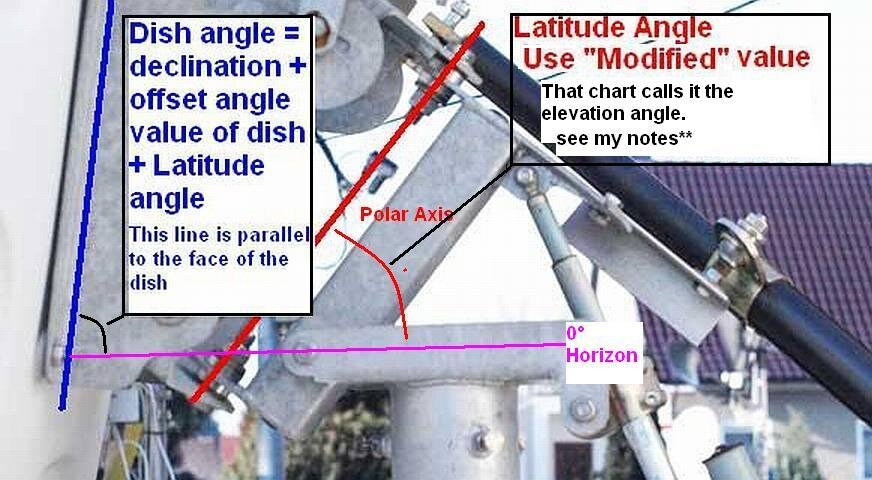>>Is it to do with N Hemisphere dish tilts back and Southern forwards << Nope! In either the Northern or southern hemisphere the dish is tipped back for any satellite that's above the dishes offset angle. Conversely, tipped forward (down) if the satellite is below the dish offset. (satellites near the E or W horizon)
To find your True South: Suns Azimuth tab (usefull to set your "due South") Satellite Antenna Alignment (Satellite Dish Alignment) Will tell the local time of sun position at XXX (180° or close to it for due south, geographic not magnetic is used ) Can be used to mark pole every XX degrees for a reference.
I've always used inclinometers as sometimes I don't trust the scales on some dish mounts.
A receiver with Blind scan is a must today for the ever changing active transponders. Don't know what I'd do without it.
wonderfull signal from the Astra 1D/2D - - Congratulations!
To find your True South: Suns Azimuth tab (usefull to set your "due South") Satellite Antenna Alignment (Satellite Dish Alignment) Will tell the local time of sun position at XXX (180° or close to it for due south, geographic not magnetic is used ) Can be used to mark pole every XX degrees for a reference.
I've always used inclinometers as sometimes I don't trust the scales on some dish mounts.
A receiver with Blind scan is a must today for the ever changing active transponders. Don't know what I'd do without it.
wonderfull signal from the Astra 1D/2D - - Congratulations!


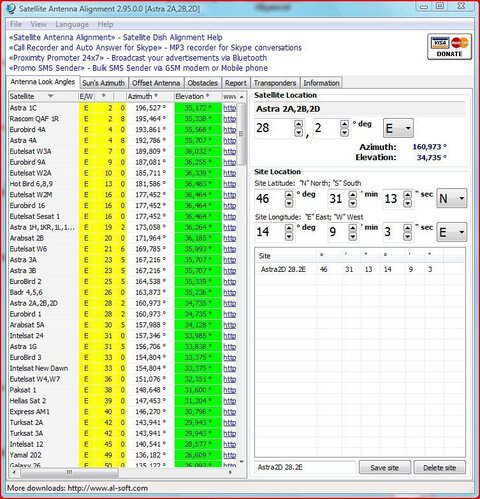
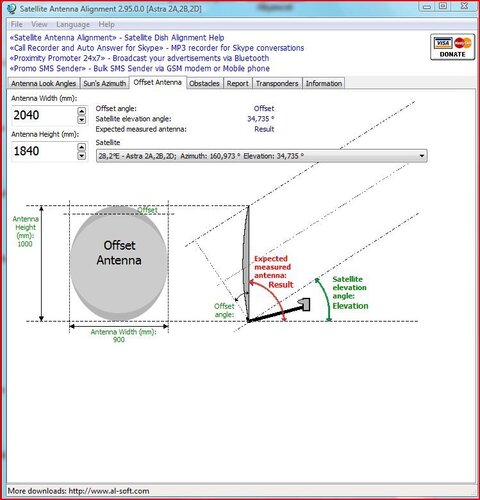
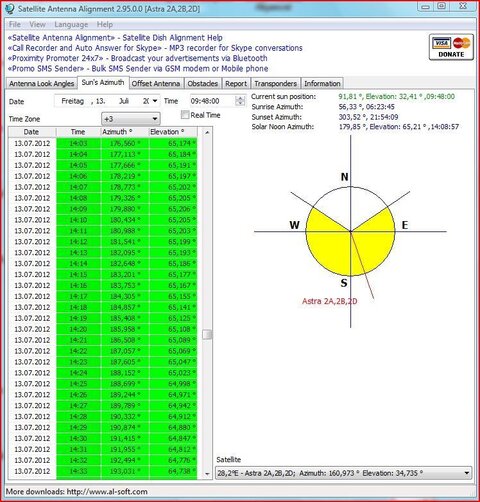

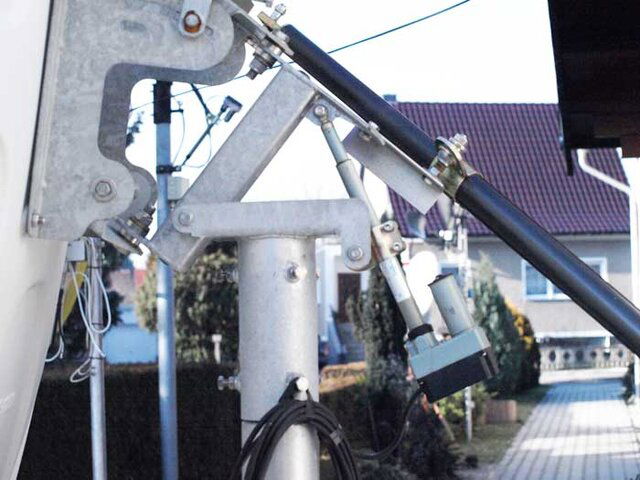
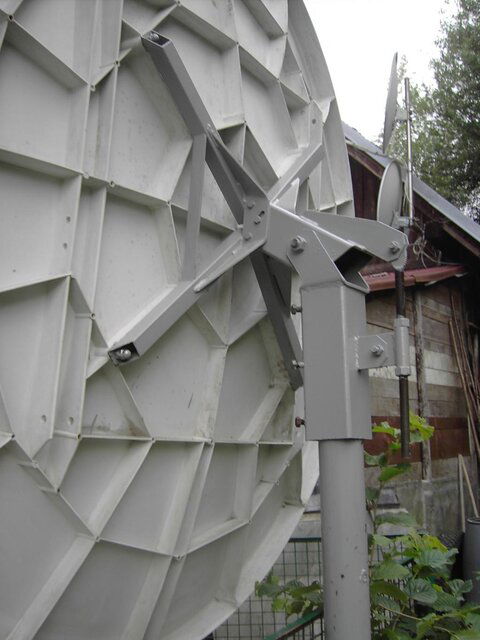
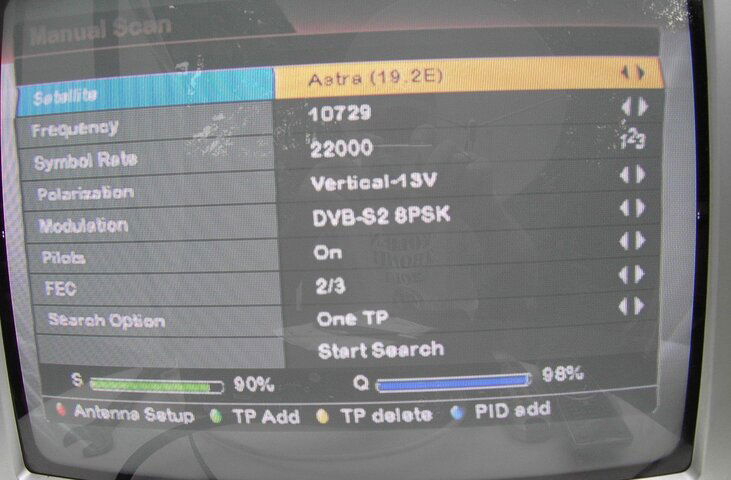
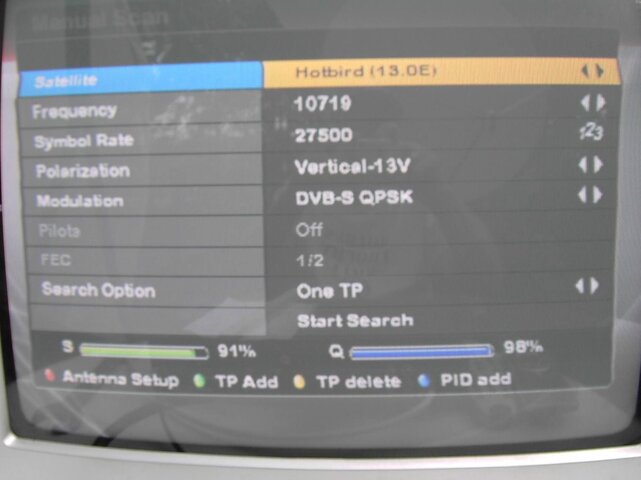
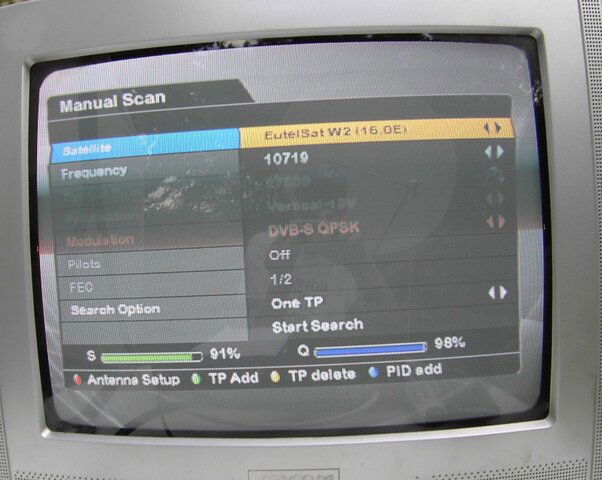
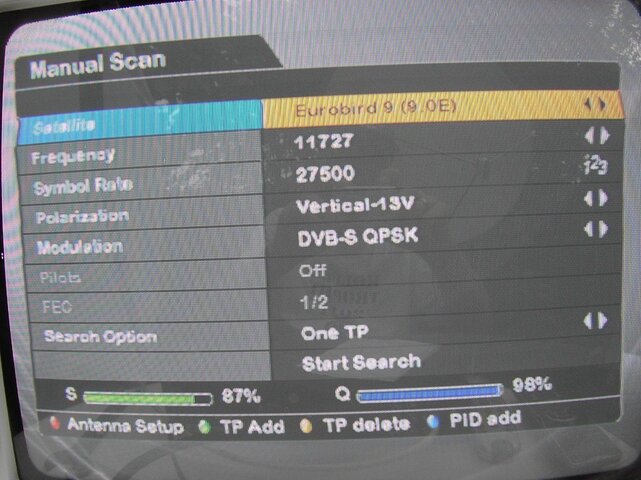
 to the forum.
to the forum.